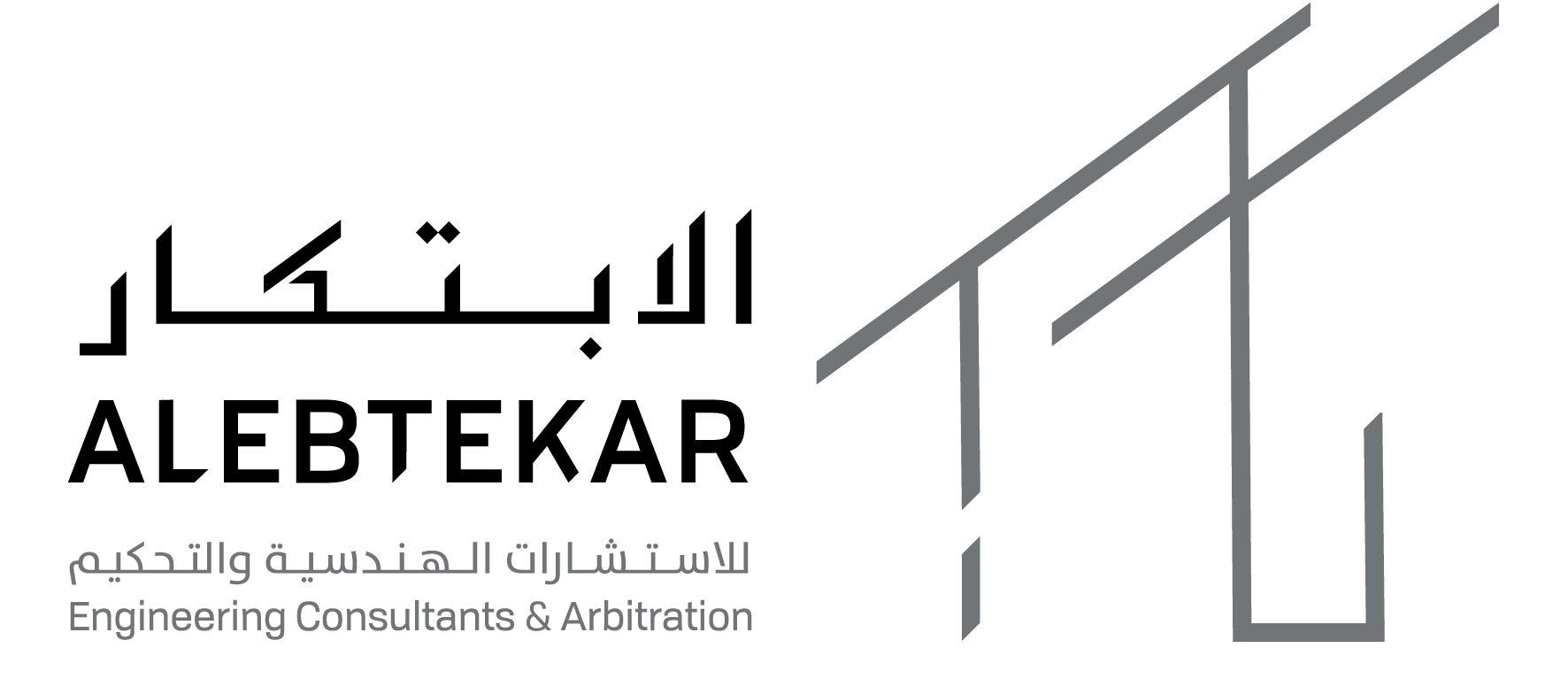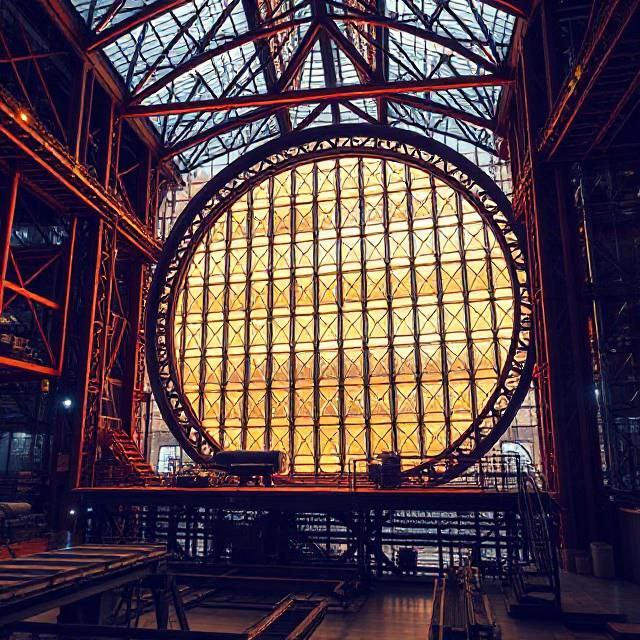Technical Architectural Design has become a cornerstone of modern construction in Saudi Arabia. It is not just about drawing plans or visualizing buildings. It is a strategic process that integrates engineering knowledge, modern technology, and sustainable practices. In this article, we explore how technical architectural design reduces costs and increases project efficiency across the Kingdom of Saudi Arabia.
Understanding Technical Architectural Design
Technical Architectural Design is the phase where creativity meets functionality. Architects and engineers collaborate to translate ideas into executable projects. Unlike traditional architectural design, the technical approach emphasizes cost control, material efficiency, and energy performance. The goal is not only beautiful buildings but also functional, sustainable, and affordable structures.
In Saudi Arabia, technical architectural design is increasingly applied to residential architecture, commercial architecture, and government projects. The Saudi Vision 2030 encourages sustainable building design and modern architecture to improve living standards while reducing environmental impact. This makes technical architectural design more relevant than ever before.
Why Saudi Arabia Needs Technical Architectural Design
The construction sector in Saudi Arabia is one of the fastest-growing in the Middle East. Massive projects such as NEOM, Qiddiya, and the Red Sea Development highlight the demand for innovation and efficiency. Technical architectural design plays a vital role in these projects by ensuring that architectural services deliver cost reduction and higher performance.
Saudi Arabia also faces unique challenges. Harsh weather conditions, high energy demand, and rapid urbanization put pressure on resources. Without technical solutions, projects may face delays, cost overruns, and inefficient energy consumption. By applying technical architectural design, project managers ensure cost-effective construction while maintaining international standards.
Cost Reduction through Technical Design
One of the most important advantages of technical architectural design is cost reduction. In Saudi Arabia, where large-scale projects involve billions of dollars, every saving matters. Technical design reduces costs in several ways:
Efficient Material Selection: Engineers analyze material properties to choose the most durable and cost-effective options.
Waste Minimization: Advanced planning reduces construction waste, lowering expenses and environmental impact.
Energy Efficiency: Smart designs lower long-term energy consumption, saving both operational costs and resources.
Technology Integration: Using BIM (Building Information Modeling) avoids design errors that often lead to costly rework.
Each of these factors contributes to a more sustainable building performance. In Saudi Arabia, sustainable architecture is not just a global trend but also a necessity for long-term economic growth.
Increasing Project Efficiency
Efficiency is more than finishing a project quickly. It means achieving high quality with minimal delays. Technical architectural design boosts project efficiency in several ways:
Detailed Planning: Technical design clarifies every step of the construction process, reducing miscommunication.
Collaboration: Architects, engineers, and contractors work together using the same technical model.
Automation: Software solutions reduce human errors and speed up calculations.
Sustainability: Green building methods improve long-term efficiency by lowering maintenance costs.
Saudi projects that rely on technical architectural design often report fewer delays, lower costs, and higher investor satisfaction. This makes it a key part of Saudi Arabia’s development strategy.
Case Studies from Saudi Arabia
To understand the impact of technical architectural design, it is useful to look at practical case studies from Saudi Arabia. Several large projects illustrate how technical design reduces costs and increases efficiency.
Residential Projects in Riyadh
In Riyadh, new housing developments adopt technical architectural design to address the city’s rapid population growth. Instead of traditional methods, designers use digital simulations to predict material needs. As a result, construction costs are lowered by 15%. Energy-efficient designs also cut utility bills for residents, supporting the government’s vision of affordable housing.
Commercial Towers in Jeddah
Jeddah’s commercial architecture sector also benefits from technical design. High-rise towers demand precise planning to avoid structural risks. By applying BIM and sustainable design techniques, developers save millions in reduced material waste. In addition, the towers operate at higher energy efficiency, which appeals to international investors.
NEOM and Future Cities
Perhaps the most ambitious Saudi project is NEOM, a futuristic city planned in the northwest region. Technical architectural design is central to NEOM’s strategy. Designers use advanced technologies to plan water conservation, solar energy, and zero-waste systems. This not only lowers costs but also creates a benchmark for sustainable architecture worldwide.
Role of Technology in Technical Architectural Design
Modern technology is at the heart of technical architectural design. In Saudi Arabia, architects and engineers adopt new tools to improve accuracy, reduce risks, and increase efficiency. Some of the most important technologies include:
Building Information Modeling (BIM): A digital model that integrates architecture, engineering, and construction data.
Energy Simulation Software: Predicts building performance and energy needs under Saudi climate conditions.
Virtual Reality (VR): Allows stakeholders to experience the design before construction begins.
Artificial Intelligence (AI): Provides predictive analytics to avoid cost overruns and project delays.
Each of these tools reduces mistakes, increases collaboration, and creates more efficient outcomes. Technical architectural design supported by technology ensures that Saudi Arabia remains at the forefront of global construction innovation.
Alignment with Saudi Vision 2030
Saudi Vision 2030 is a national transformation program that emphasizes sustainability, economic diversification, and social development. Technical architectural design directly supports these goals.
For example, by promoting energy-efficient buildings, technical design reduces dependence on oil-based energy. By using sustainable materials, it contributes to environmental protection. By lowering costs, it makes housing and commercial buildings more accessible to citizens. In every aspect, technical architectural design plays a strategic role in Saudi Arabia’s long-term vision.
Challenges in Implementing Technical Architectural Design
Despite the many benefits, implementing technical architectural design in Saudi Arabia is not without challenges. Common issues include:
High Initial Costs: Advanced software and training require significant investment.
Skills Gap: Some professionals are not yet fully trained in digital technologies.
Resistance to Change: Traditional construction methods are still widely practiced.
Regulatory Barriers: Building codes may not always keep pace with modern practices.
However, the government is addressing these challenges by providing training programs, updating regulations, and encouraging private sector adoption of modern practices. Over time, these efforts will make technical architectural design the standard in Saudi Arabia.
Benefits for Investors and Developers
Investors and developers are among the biggest beneficiaries of technical architectural design. In Saudi Arabia, large-scale projects often attract both local and international funding. Technical design reassures investors by reducing risks and improving transparency. For developers, the ability to forecast costs accurately is a major advantage. It also improves the credibility of project proposals, making it easier to secure financing.
Transparency in Budgeting
Traditional methods often lead to hidden costs during construction. Technical architectural design minimizes such surprises. Every aspect of the project, from structural details to energy needs, is mapped in advance. This transparency attracts investors and reduces the chance of disputes later in the project.
Higher Return on Investment (ROI)
By reducing waste and enhancing efficiency, technical architectural design increases ROI. For instance, an office tower in Riyadh that uses sustainable architecture not only costs less to build but also requires lower maintenance over time. This directly benefits investors through higher rental yields and property value appreciation.
Sustainability as a Core Benefit
Sustainability is not just a global trend. In Saudi Arabia, it is becoming a necessity due to climate conditions and Vision 2030 goals. Technical architectural design supports sustainability in multiple ways:
Energy Savings: Smart insulation, solar energy, and natural ventilation reduce electricity demand.
Water Conservation: Technical designs incorporate greywater recycling and efficient plumbing systems.
Sustainable Materials: Locally sourced materials reduce carbon emissions and transportation costs.
Green Certifications: Buildings designed with sustainability in mind are more likely to achieve LEED or similar certifications.
By embedding sustainability in design, Saudi Arabia ensures that its future cities are environmentally responsible and economically efficient. This aligns perfectly with the Kingdom’s commitment to reducing its carbon footprint.
Technical Architectural Design and Urban Development
Urban development in Saudi Arabia is accelerating rapidly. Cities like Riyadh, Jeddah, and Dammam are expanding, while futuristic projects like NEOM are setting global benchmarks. Technical architectural design supports urban development by creating buildings that are integrated with smart infrastructure.
For example, transportation systems, utility grids, and communication networks can be designed to interact seamlessly with buildings. This improves overall efficiency and quality of life for residents. By adopting technical design, Saudi Arabia ensures that its cities are not only modern but also livable and sustainable.
Future Outlook for Technical Architectural Design in Saudi Arabia
The future of technical architectural design in Saudi Arabia is promising. The combination of government support, technological advancement, and private sector innovation creates an ideal environment for growth. In the coming years, we can expect:
More widespread adoption of BIM and digital construction tools.
Greater emphasis on sustainable architecture and renewable energy integration.
Advanced training programs for architects and engineers in technical design.
Strong investor confidence due to cost-effective and transparent design practices.
All these factors point to a future where technical architectural design is not just an option but the standard in Saudi Arabia’s construction industry. This will drive both cost reduction and efficiency across all sectors.
Key Takeaways
Technical Architectural Design is more than a design process. In Saudi Arabia, it is a strategic approach that drives economic growth, supports sustainability, and improves project efficiency. From residential architecture in Riyadh to futuristic cities like NEOM, the benefits are clear: lower costs, faster delivery, and higher quality.
For developers, investors, and government authorities, technical design provides a reliable roadmap. It helps align projects with Saudi Vision 2030, ensures resource efficiency, and positions the Kingdom as a leader in sustainable architecture. Technical architectural design is not just shaping buildings. It is shaping the future of Saudi Arabia.
Conclusion
In conclusion, technical architectural design plays a vital role in reducing costs and increasing project efficiency in Saudi Arabia. Its integration with advanced technology, sustainable practices, and government vision makes it a game changer for the construction industry. As Saudi Arabia continues its rapid development, technical design will remain central to creating affordable, efficient, and environmentally responsible projects.
From cost reduction through better planning, to efficiency gains through collaboration and automation, technical architectural design provides solutions that meet the unique challenges of Saudi Arabia. By adopting these practices, the Kingdom secures not only economic benefits but also a sustainable and innovative future for its citizens.
Contact Al Ebtekar Engineering Consultancy Now via:
📧 Email: [INFO@ALEBTEKAR.COM.SA]
📱 Mobile: 0540007320
☎️ Landline: 920004058


